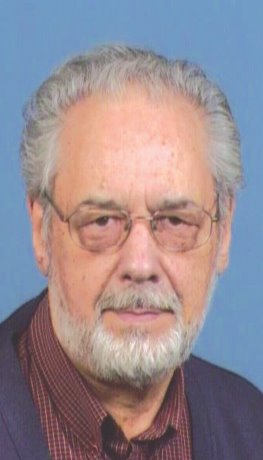World cement production is growing more rapidly than we thought it would just a few years ago.
In 2012, researchers at Columbia University told us they expected production to reach between 3.7 billion and 4.4 billion tonnes by 2010. But with the figures for 2014 now available, we find that world production already totalled 4.3 billion tonnes.
Asian nations are leading the way. China produced more than half the global total in 2014. India produced seven per cent, and the rest of Asia, including Japan, produced almost 17 per cent.
These numbers are important because of the amount of carbon dioxide (CO2) produced. The cement industry alone accounts for about five per cent of global CO2 emissions, a fact that the cement/concrete industry has long known. The construction industry it serves knows it too.
As population growth continues, the world continues to warm. A useful rule of thumb to remember is that the production of a tonne of cement produces a tonne of CO2.
That’s the rule that is stimulating a lot of research into ways of reducing emissions, and/or find ways to capture and sequester CO2.
Now Norwegian researchers have come up with membrane-based technology that has been shown to work, although it’s not yet in commercial use.
Gassnova is the name of Norway’s state-funded effort to develop carbon capture and storage for commercial use. It has identified a cement plant in Brevik, and an ammonia plant in Porsgrunn, as the most promising possibilities for a full-scale membrane demonstration project.
"We’ve shown that membrane technology works," says May-Britt Hägg, of the department of chemical engineering at the Norwegian University of Science and Technology.
"If we succeed (in Brevik), we’ll have a prototype that will be of interest to both power stations and industry."
So what is this membrane-based technology?
Roughly speaking, it’s a super-thin-film polyvinylamine membrane over a porous support structure. This results in a composite membrane.
Passing flue gases from cement kilns through the membrane converts the CO2 in the gases to bicarbonate, while the other substances in the flue gases are retained.
The physics of the process may be difficult for a layman to understand, which is why Hägg looked for an easily understandable analogy.
"In simplified terms," she says, "this is the same process that occurs in our lungs when we breathe, where an enzyme converts CO2 into bicarbonate."
The membrane has already been tested in a coal-fired power plant in Portugal. The results were good, Hägg says, but adds that the temperature of the flue gas from cement kilns can be higher — and more variable — than in coal-fired power plants.
During a short test phase at the cement plant in Brevik the system worked well, she said, although during that test "we struggled with the rig."
"We didn’t run the technology continuously over time. But when the temperature control functioned properly, we got good measurements. The membrane withstood the flue gases and separated them the way it was supposed to."
So help may be on the way for a cement industry that is working hard to reduce emissions. But no one can say that help is "just around the corner." It isn’t.
In fact, it’s not likely to be ready before 2020 — if tests go well.
The hope for the demonstration project in Brevik has been passed along to the Norwegian ministry of petroleum and energy. If it is approved, it could be included in the ministry’s 2016 budget.
As part of the Gassnova project, three other systems for capturing carbon are also being considered. All show promise, but the membrane technology — alone or in combination with other technologies — appears at the moment to offer the best chance at providing a long-term solution to the emission problem.
Korky Koroluk is an Ottawa-based freelance writer. Send comments to editor@dailycommercialnews.com



Recent Comments
comments for this post are closed